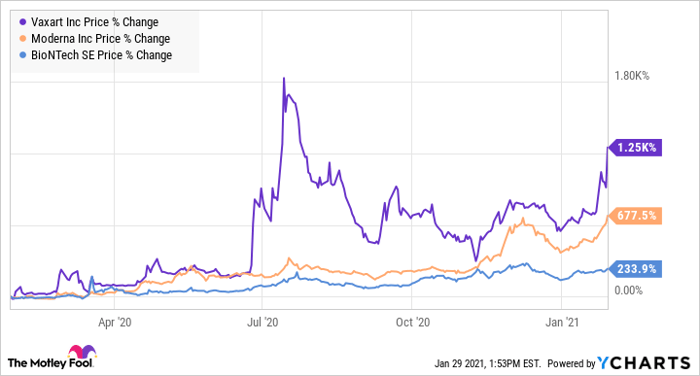Introduction
In the realm of project management methodologies, PRINCE2 (PRojects IN Controlled Environments) stands as a beacon of structured and effective project management. Developed in the UK by the government’s Central Computer and Telecommunications Agency (CCTA) and later refined by the Office of Government Commerce (OGC), PRINCE2 has gained widespread recognition and adoption, not only in the public sector but also across various industries globally. In this comprehensive article, we will explore the principles, processes, and benefits of PRINCE2 Certification, shedding light on why it has become a go-to framework for project success.
Understanding PRINCE2
1. Principles
At the core of PRINCE2 are seven key principles that guide project management excellence:
- Continued Business Justification: Every project should have a valid business case, ensuring that the project remains aligned with the organization’s objectives throughout its lifecycle.
- Learn from Experience: PRINCE2 emphasizes the importance of learning from past projects, incorporating lessons learned into current endeavors.
- Defined Roles and Responsibilities: Clearly defined roles and responsibilities within the project team ensure accountability and effective communication.
- Manage by Stages: Projects should be divided into manageable stages, with each stage having defined objectives and controls.
- Manage by Exception: PRINCE2 empowers project managers to delegate authority and focus on exceptions, ensuring timely decision-making.
- Focus on Products: The framework emphasizes the creation and delivery of products (e.g., deliverables), ensuring that project outcomes meet quality standards.
- Tailor to Suit the Project Environment: PRINCE2 is flexible and can be tailored to suit the specific needs and characteristics of each project.
2. Processes
PRINCE2 divides the project lifecycle into a set of defined processes:
- Starting Up a Project (SU): In this pre-project process, the project is initiated, and key stakeholders are identified. The project’s feasibility and viability are assessed.
- Directing a Project (DP): Project governance is established in this process. The project board provides oversight and approves key decisions.
- Initiating a Project (IP): A detailed project initiation document is created, outlining project objectives, scope, resources, and risks. The project plan is developed.
- Controlling a Stage (CS): This process ensures that each stage of the project stays on track and within predefined tolerances. Issues are identified and addressed.
- Managing Product Delivery (MP): It focuses on the execution of work packages, ensuring that products are created and delivered as per quality standards.
- Managing a Stage Boundary (SB): This process marks the end of a project stage and prepares for the next one. It involves reporting to the project board and obtaining approval for the next stage.
- Closing a Project (CP): The project is formally closed, and post-project evaluations are conducted. The project’s performance is assessed against the initial business case.
3. Themes
PRINCE2 also incorporates seven themes that run throughout the project lifecycle:
- Business Case: Ensuring that the project remains justifiable and aligned with business objectives.
- Organization: Defining roles and responsibilities within the project team and the broader organization.
- Quality: Maintaining quality standards and ensuring that products meet predefined criteria.
- Plans: Creating and maintaining detailed project plans to guide execution.
- Risk: Identifying and managing risks to minimize their impact on project outcomes.
- Change: Handling changes to project scope or requirements in a controlled manner.
- Progress: Monitoring and reporting on project progress to ensure that it stays on track.
Benefits of PRINCE2
PRINCE2 offers a range of benefits for organizations and project managers:
- Consistency: PRINCE2 provides a standardized approach to project management, promoting consistency and reducing the likelihood of project failure.
- Risk Management: The framework’s emphasis on risk management helps organizations anticipate and address potential issues early in the project.
- Efficiency: PRINCE2’s structured processes and templates streamline project management, leading to increased efficiency.
- Flexibility: PRINCE2’s adaptability allows it to be tailored to suit various project types and sizes.
- Improved Communication: Clearly defined roles and responsibilities facilitate effective communication among project team members.
- Better Decision-Making: PRINCE2’s focus on exceptions and the involvement of senior management in decision-making ensures that issues are addressed promptly.
- Enhanced Business Justification: Projects are continuously assessed to ensure they remain aligned with business objectives and provide value.
PRINCE2 Certification
To become proficient in PRINCE2, individuals can pursue certification through accredited training providers. PRINCE2 certification levels include:
- PRINCE2 Foundation: This entry-level certification provides a fundamental understanding of PRINCE2 principles and terminology.
- PRINCE2 Practitioner: The Practitioner level builds on the Foundation level, focusing on the practical application of PRINCE2 in real-world scenarios.
- PRINCE2 Agile: This certification combines PRINCE2 with agile project management principles, allowing for greater flexibility in project execution.
Check out PRINCE2 Exam Preparation Tips here!
Conclusion
PRINCE2 has established itself as a trusted and adaptable project management framework that empowers organizations to achieve project success consistently. By adhering to its principles, processes, and themes, project managers can effectively plan, execute, and control projects of varying complexity. With its emphasis on business justification, risk management, and tailored approaches, PRINCE2 remains a valuable asset in today’s dynamic and competitive business landscape, ensuring that projects are delivered on time, within scope, and to the highest standards of quality. Whether you’re an experienced project manager or just embarking on your project management journey, PRINCE2 offers a roadmap to excellence in project delivery.



